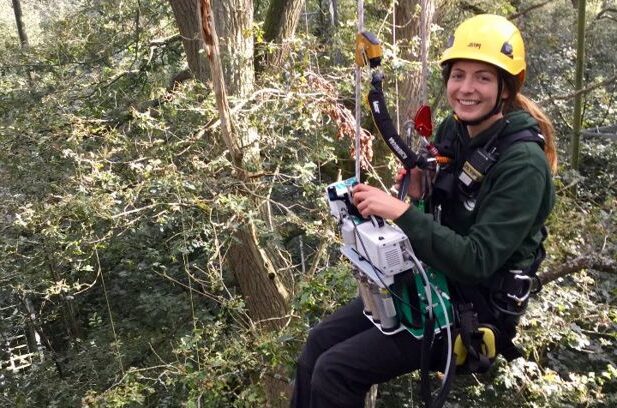
Mature oak trees will increase their rate of photosynthesis by up to a third in response to the raised CO2 levels expected to be the world average by about 2050, new research shows.

Mature oak trees will increase their rate of photosynthesis by up to a third in response to the raised CO2 levels expected to be the world average by about 2050, new research shows.
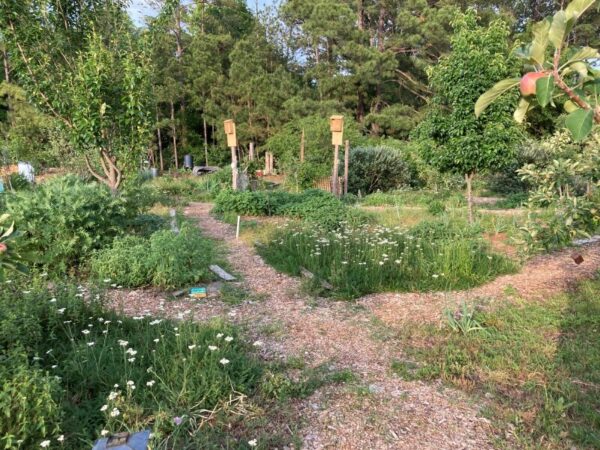
Today’s cities don’t have walls for protection like ancient ones, but they are separate from less urban and rural land. Most goods that city-dwellers purchase are brought in from rural farms and manufacturers. There is an active community of urban gardeners and landscape architects who are trying to bring more of the “country” back into the city. And for good reason. Urban landscapes combining trees and crops – urban agroforestry – can offer ecological, cultural, economic benefits and more.
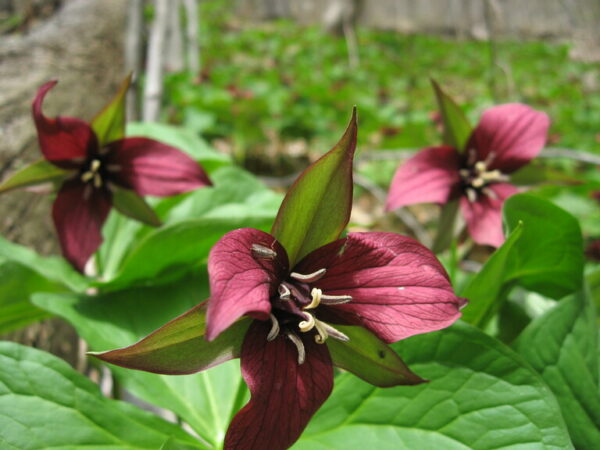
Invasive shrubs in Northeastern forests that sprout leaves earlier in the spring and keep them longer in the fall not only absorb more sunlight than native shrubs, but their foliage lowers air temperatures on the forest floor, likely giving them another competitive advantage.
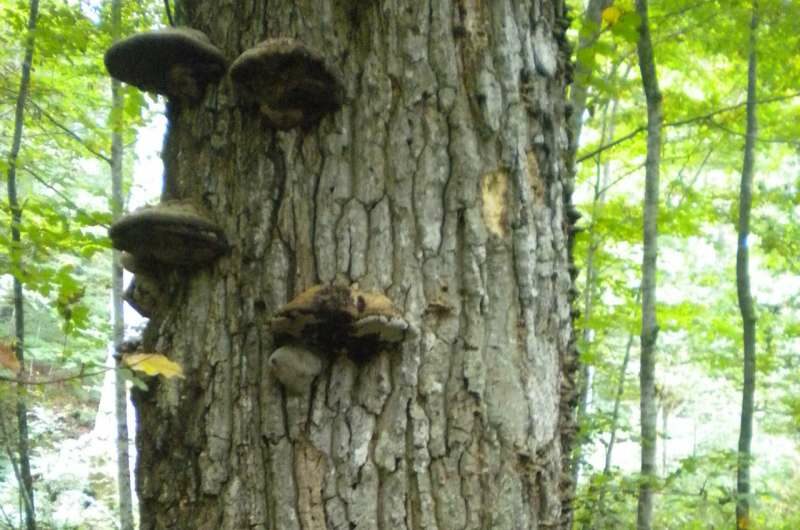
European old-growth forests are estimated to occupy only 0.7% of the total forested area; they are of prime ecological value, representing small vestiges of how Europe’s past primeval forest may have looked. In addition, old-growth forests provide various and important ecosystem services, such as biodiversity maintenance, long-term carbon storage, and landscape uniqueness. Therefore, old-growth forests represent valuable natural laboratories for evaluating how trees of different dimensions and ages respond to global change drivers, including climate warming and land-use changes. Although there is increasing attention on these ecosystems, knowledge of the long-term impacts of climate change in the Mediterranean environment is still limited. A recent study found that in Mediterranean mountainous area old-growth forests show remarkable resistance to climate warning.
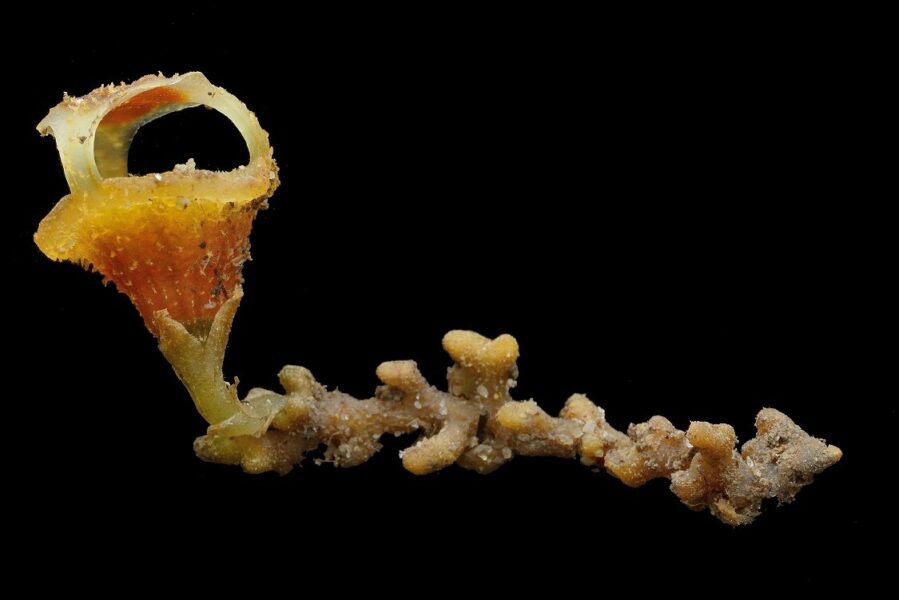
Scientists at Oxford and in Malaysia have just described a species of fairy lantern completely new to science.
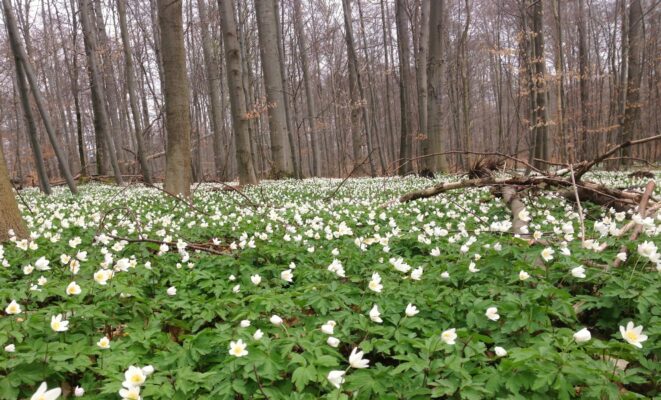
Plant ecologists compare temporal rhythms of early-flowering plants in different environments. They found that human land use can also significantly influence the pace of plant life cycles.
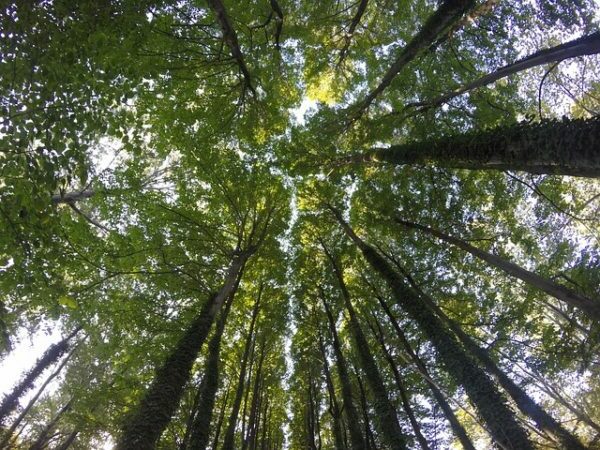
A research group studied the molecular properties of the holm oak (Quercus ilex) in search of trees that are more resistant to drought and root rot.
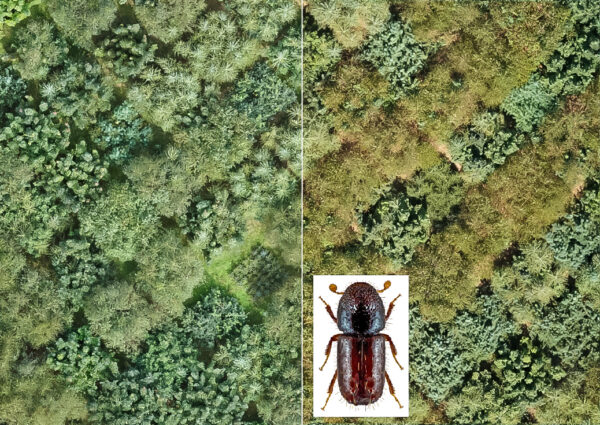
In recent years, foresters have been able to observe it up close: First, prolonged drought weakens the trees, then bark beetles and other pests attack. While healthy trees keep the invaders away with resin, stressed ones are virtually defenseless. Freiburg scientist Sylvie Berthelot and her team of researchers from the Faculty of Environment and Natural Resources and the Faculty of Biology are studying the importance of tree diversity on bark beetle infestation. They are investigating whether the composition of tree species affects bark beetle feeding behavior. The team recently published their findings in the Journal of Ecology.
In a 1.1 hectare experimental set-up in Freiburg, six native deciduous and coniferous tree species from Europe and six deciduous and coniferous tree species from North America were each planted in different mono- and mixed plots. After the severe drought in the summer of 2018, the Sixtoothed spruce bark beetle mainly attacked the native species: the European spruce and the European larch. “We were surprised that the beetles exhibited only a slight interest in the exotic conifer species, such as the American spruce,” Berthelot says.
While measuring the infestation, the researchers found that the position within the experimental site was also crucial. The trees at the edge were attacked the most. Therefore, Berthelot suspects that the bark beetle entered the testing plot from outside. “In addition, environmental influences weaken the unprotected outer trees more, so they are more susceptible.”
At the same time, the likelihood of which trees the bark beetles will attack changes the more tree species there are. Until now, the researchers assumed that tree diversity reduces the infestation of insect pests such as the bark beetle. But their experiment shows that “increasing tree diversity can reduce the risk of bark beetle infestation for species that are susceptible to high infestation rates, such as larch and spruce. But the risk for less preferred species such as pine or exotic trees may increase with tree diversity, as beetles, once attracted, also attack these trees,” Berthelot says. Although the study indicates that non-native tree species are less attacked because the bark beetles are unfamiliar with these species. “However, this effect may weaken over the years,” she said. As a result, the risk of infestation in mixed forests is redistributed among tree species rather than reduced for all.
Read the paper: Journal of Ecology
Article source: Albert-Ludwigs-Universität Freiburg
Image: Aerial view of the IDENT tree diversity experiment near Freiburg before (left) and after (right) the 2018 drought and bark beetle infestation. Credit: aerial photos by K. R. Kovach, Sixtoothed spruce bark beetle photo by U. Schmidt.
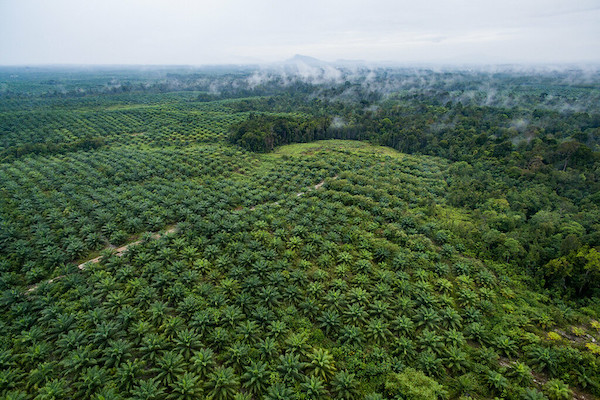
A global team of researchers recently released the results of a ‘data-rich’ modelling approach designed to illustrate a range of what-if scenarios for future oil palm plantation development in Indonesia. The study provides new insight into crop production strategies available to an industry facing increasing scrutiny.

New research reveals western North American forests may be less able than eastern forests to regenerate following large-scale diebacks linked to climate change. Over time, this could dramatically alter the continent’s landscape.